We learned the strategy to win Rock-Paper-Scissors every time, but does it really work? For the New York Times, Gabriel Dance and Tom Jackson give you your chance:
Computers mimic human reasoning by building on simple rules and statistical averages. Test your strategy against the computer in this rock-paper-scissors game illustrating basic artificial intelligence. Choose from two different modes: novice, where the computer learns to play from scratch, and veteran, where the computer pits over 200,000 rounds of previous experience against you.
Be sure to play at least five rounds, and then click on the button to see what the computer is thinking. In veteran mode, the computer searches its database for sequences that match your last five moves and its last five moves and then tries to predict what you’ll throw next.
Are you good enough to beat the basic artificial intelligence?

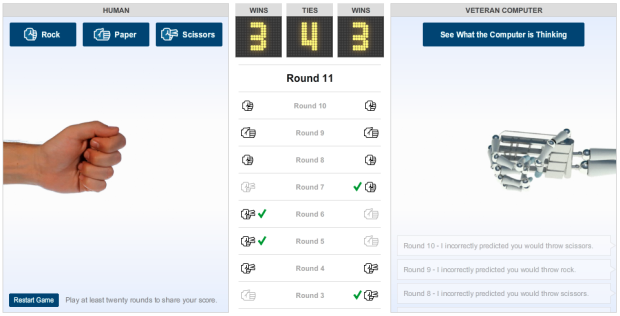
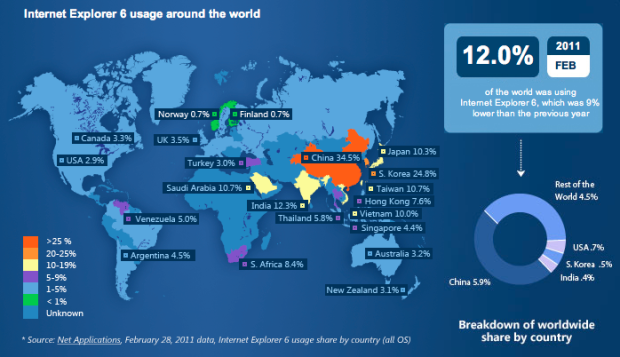
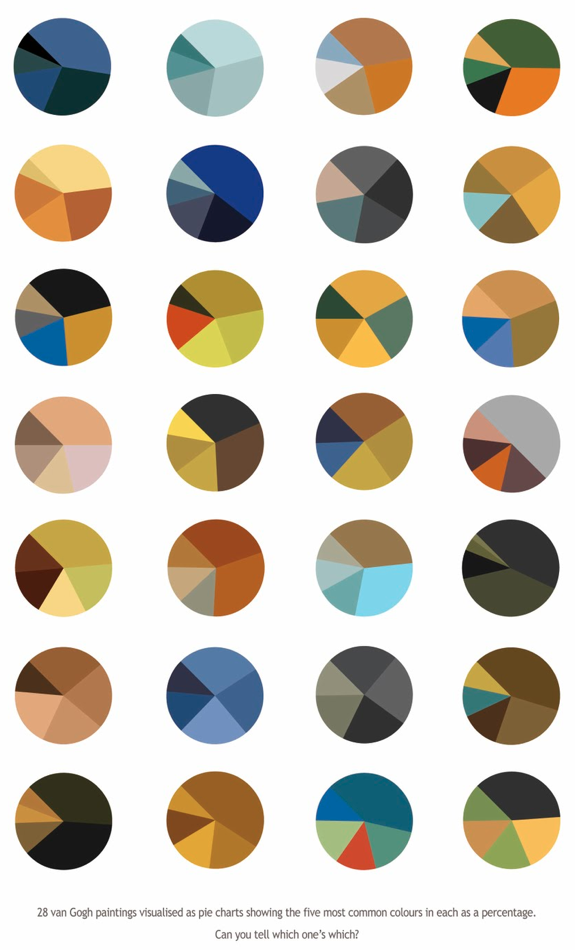
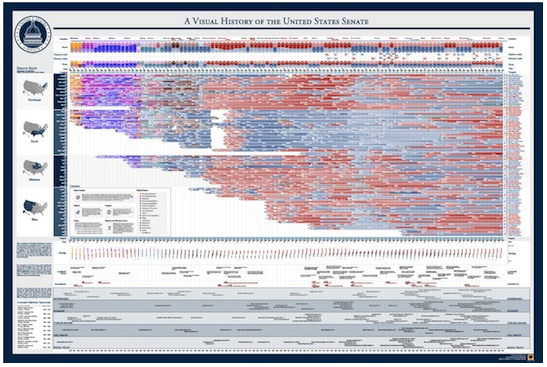

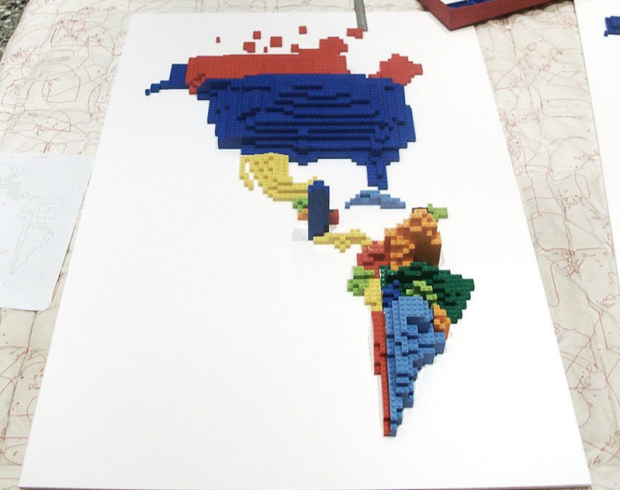



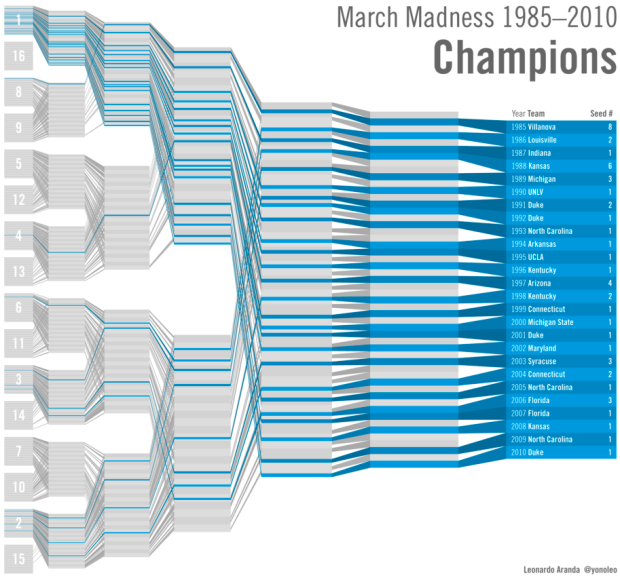
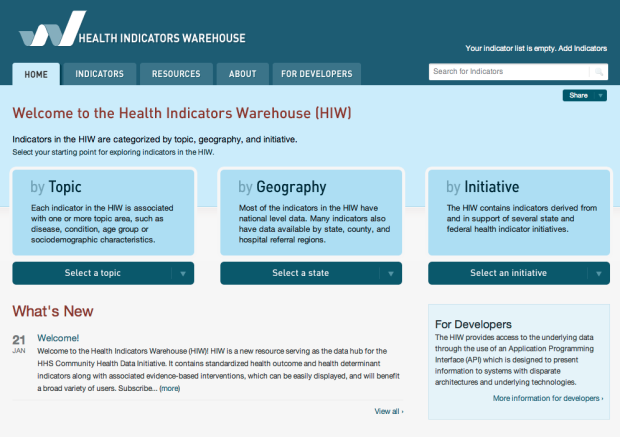
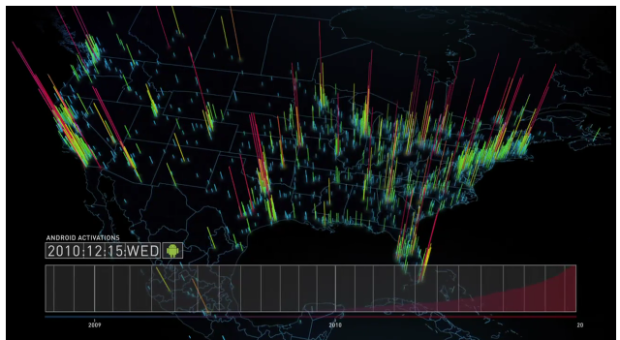
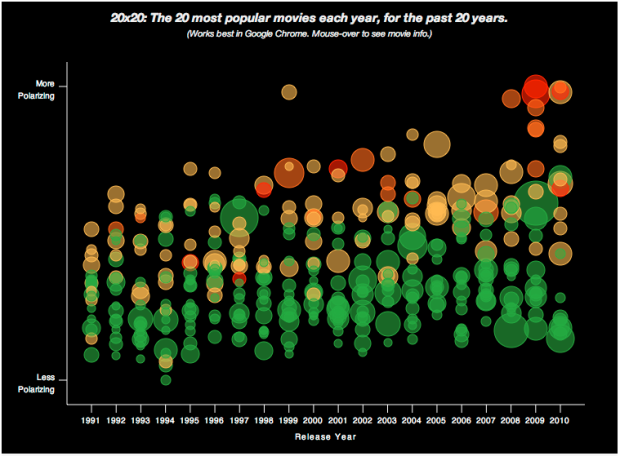

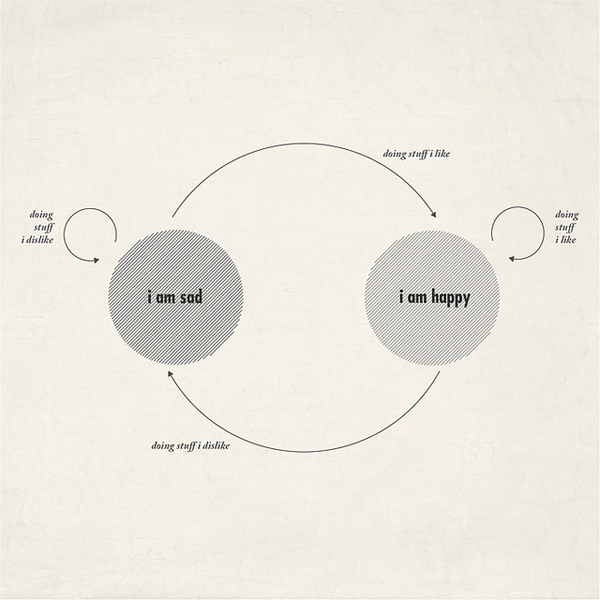

 Visualize This: The FlowingData Guide to Design, Visualization, and Statistics (2nd Edition)
Visualize This: The FlowingData Guide to Design, Visualization, and Statistics (2nd Edition)










